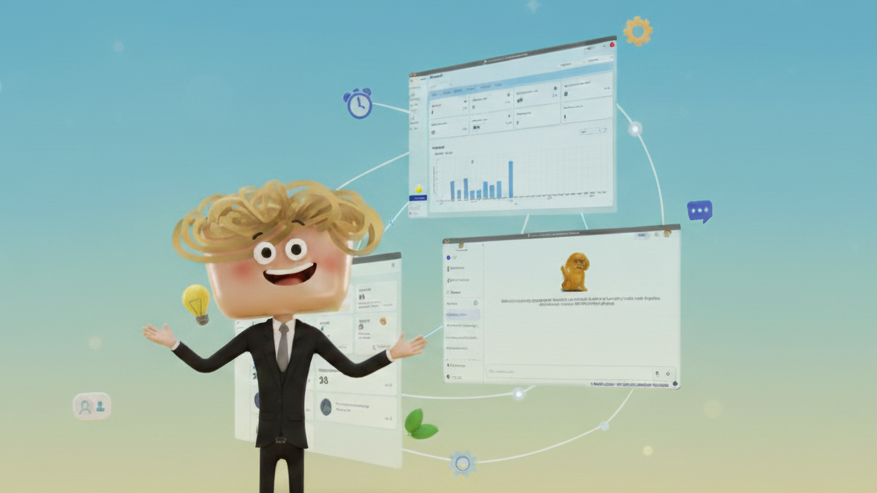
3 Simple Ways to Make Lessons More Interactive This Term (With AI)
Jul 02, 2025New term, new faces, new goals — and probably a bit of first-week chaos too. Whether your students are just settling back after a break or starting completely fresh, this is the perfect time to rethink how your lessons feel.
If you’ve ever wished your class discussions were livelier or your students more willing to speak up, these small AI tweaks could make a big difference — and they take hardly any extra prep time.
1. Warm up with playful AI role-plays
Role-plays have always been a teaching favourite for a reason: they turn students into active participants instead of passive note-takers. With an AI tutor, it’s even easier to set up short, targeted scenarios tailored to your lesson topic.
Why it works:
-
Builds speaking confidence and critical thinking.
-
Lets students explore perspectives in a safe, low-pressure way.
-
Turns abstract concepts into personal conversations.
✅ Reimagined classroom moment:
Picture a History teacher starting a lesson on bias. Instead of a typical lecture, she has students log in to their Noodle Factory AI tutors. Each AI becomes a “news source,” with its own angle on an event. The students take on the role of journalists, questioning their AI witness to figure out what really happened and spot inconsistencies.
Suddenly, a standard source reliability lesson becomes an active investigation, with every student probing, challenging, and analysing — all in their own private conversation.
Quick AI-powered toolkit for any subject:
-
Debate it: “Your AI takes one side, you take the other. Can you convince it otherwise?”
-
Investigate it: “Your AI knows something — ask the right questions to uncover the story.”
-
Teach it: “Explain this concept to your AI. Let it challenge you or ask follow-ups.”
If your students are zoning out, it’s not your fault. It’s your format.
➡️ Try Your AI Teaching Assistant Free
2. Use AI to create instant checks for understanding
You know that moment when everyone nods along — but you’re not sure they truly grasped it? With an AI tutor, you can generate quick checks right after your lesson, customised to exactly what you just taught.
Have your AI create short quizzes, true/false prompts, or open-ended reflection questions on the spot. It’s a simple way to catch misunderstandings before they pile up.
Try this:
-
“Summarise today’s topic in two sentences. Let your AI tell you if anything’s unclear.”
-
“Ask your AI to quiz you on the three most important points from today.”
Small, casual checks like this keep your class honest — and give you insight on what to revisit tomorrow.
3. Spark richer discussions with AI-generated prompts
Beyond role-plays and checks, you can also use your AI to generate discussion starters that push students to think critically, challenge assumptions, or look at ethical dilemmas.
Examples to drop right into your lesson:
-
“What if the opposite of today’s conclusion were true — how would that change things?”
-
“Imagine you had to defend the weaker argument. What would your strongest point be?”
-
“What hidden factor could completely change our answer?”
These tiny nudges encourage students to look deeper and keep lessons lively.
🌱 It doesn’t take a full overhaul
Trying even one new approach — like a quick AI role-play or a simple self-check — can completely change your classroom energy. Over time, these small moments build trust, curiosity, and a habit of thinking out loud.
Want more? Start with role-plays.
We’re kicking off our Back to School series with a short premiere on AI-powered role-plays — how they help students build confidence and spark deeper learning right from week one.
➡️ Sign up today to get notified when we go live


